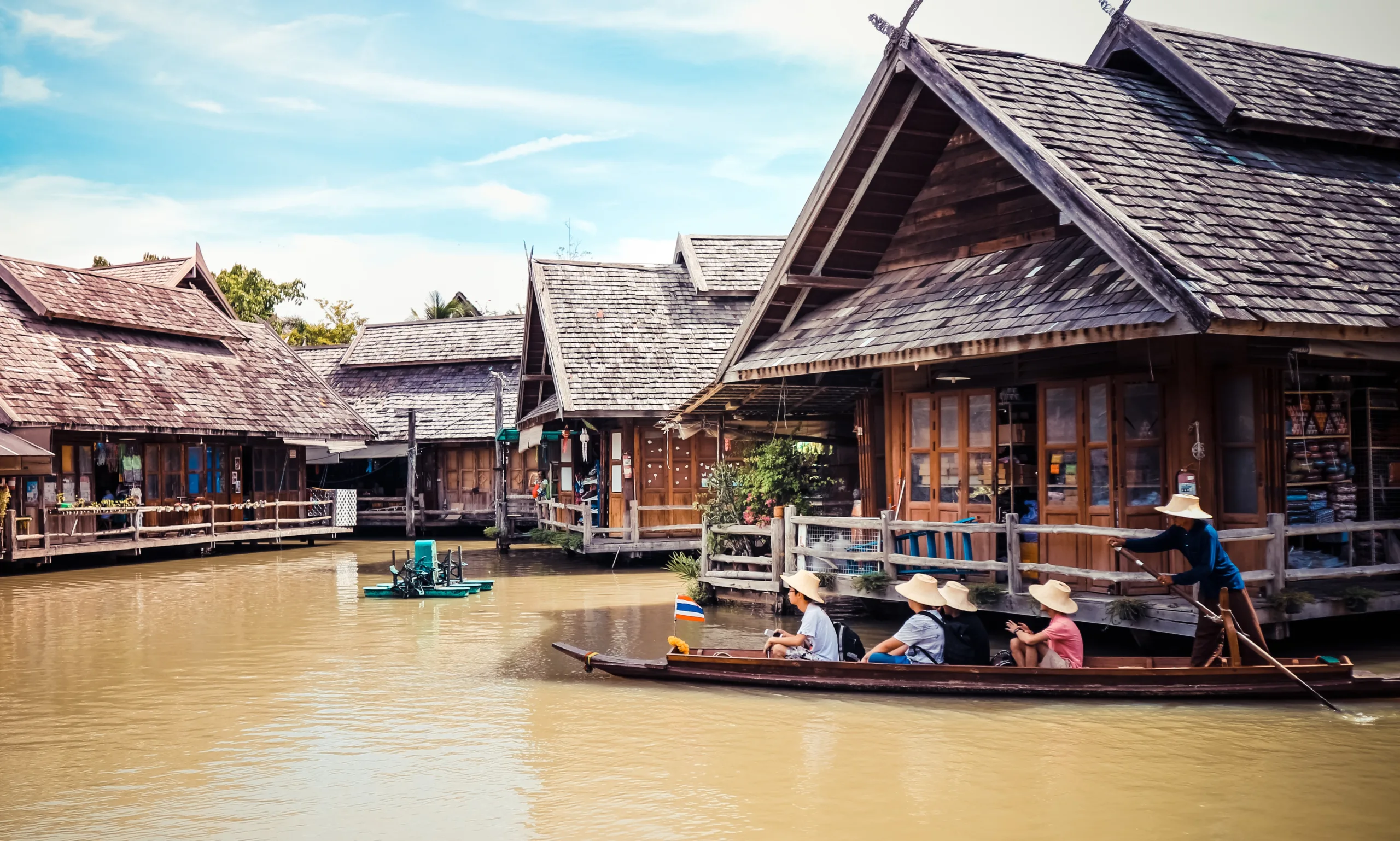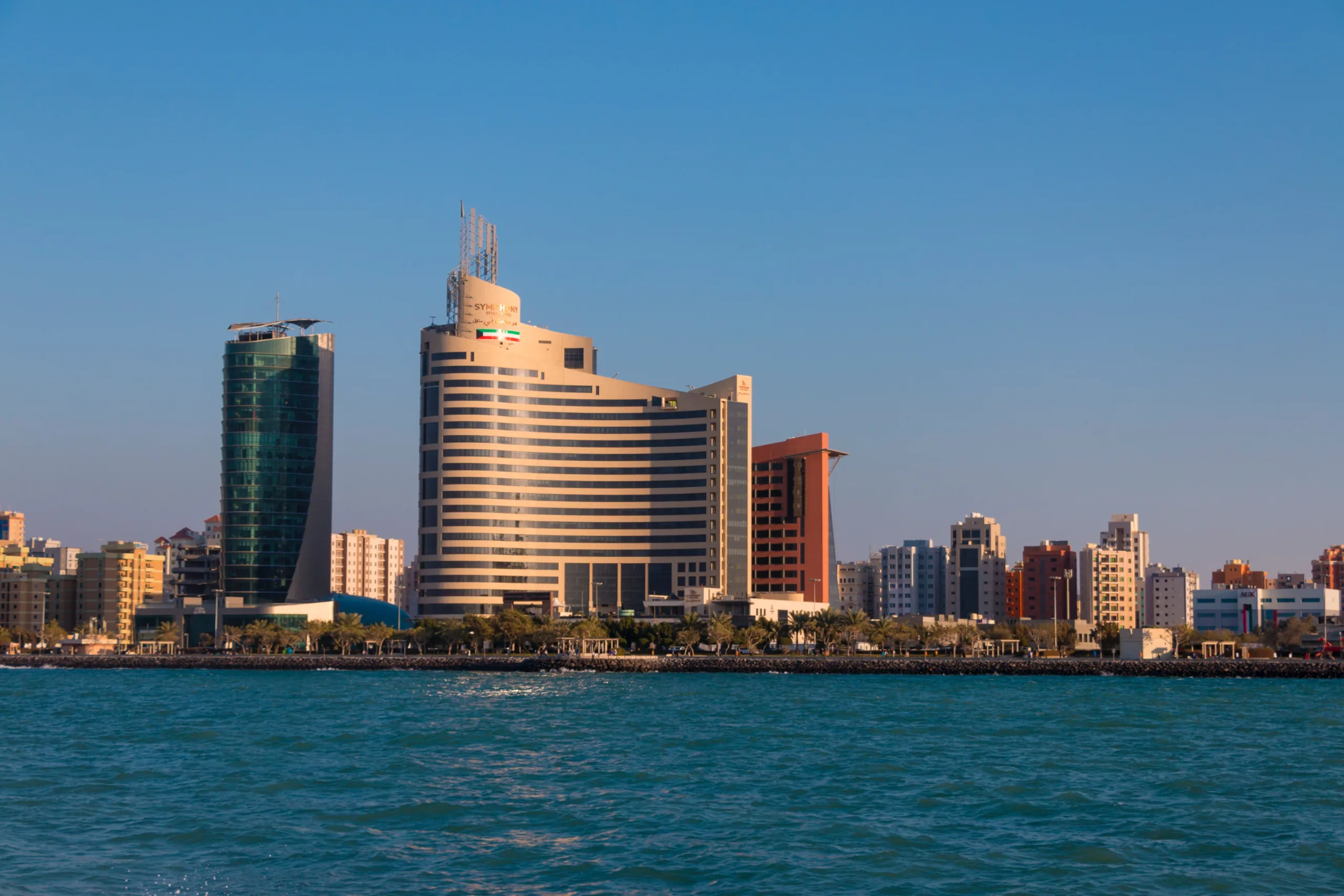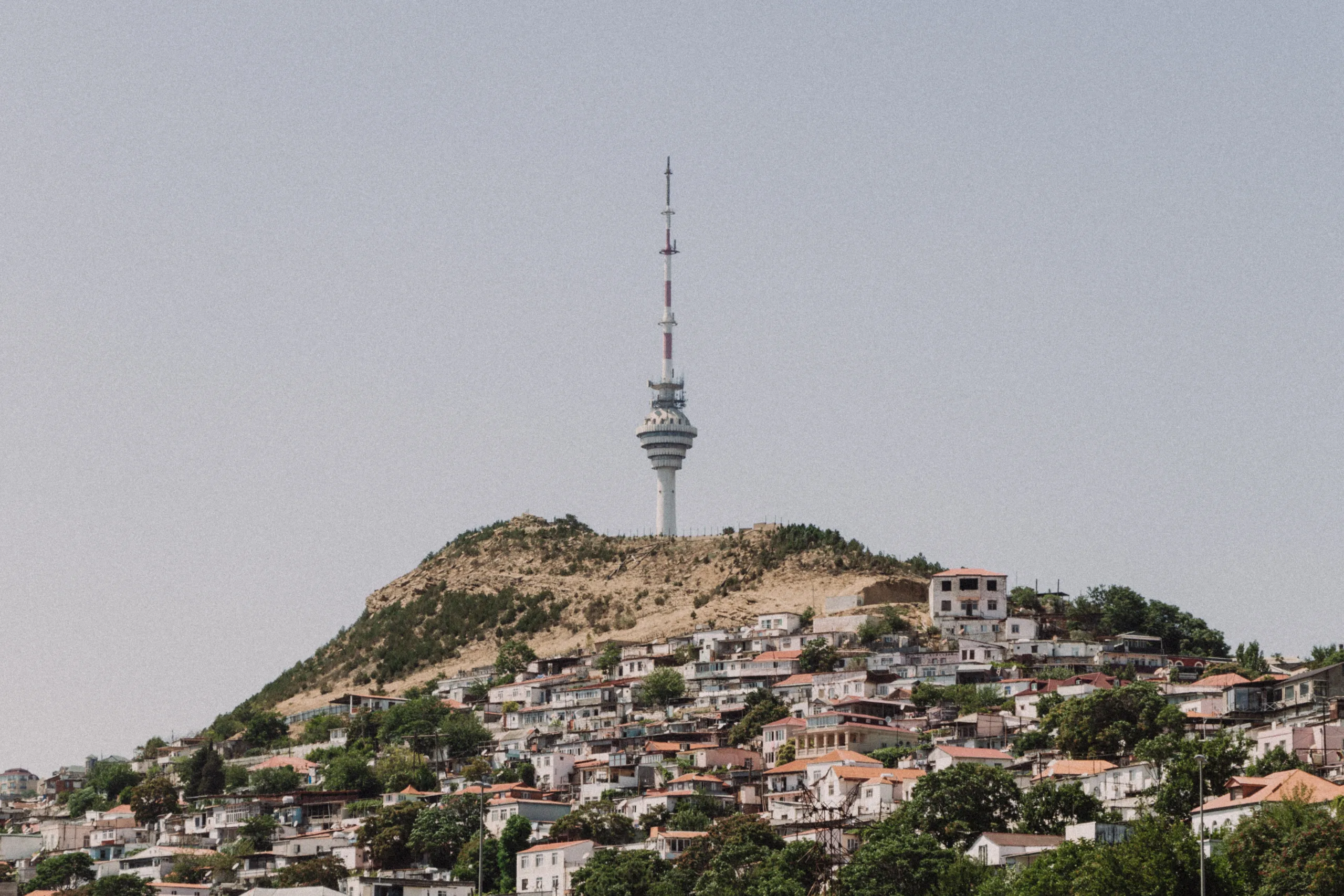Vietnam Visa for Indians: If you’re an Indian traveler seeking to explore the captivating landscapes, rich culture, and historical heritage of Vietnam, you’re in for an incredible adventure.
In this comprehensive guide, we’ll walk you through everything you need to know about obtaining a Vietnam visa hassle-free.
Nestled in Southeast Asia, Vietnam boasts a mesmerizing blend of ancient traditions and modern marvels. Whether you’re drawn to its lush countryside or its bustling cities, Vietnam has something for everyone.
Understanding Vietnam Visa For Indians Requirements
Before you pack your bags, it’s essential to understand the visa requirements for Indian citizens traveling to Vietnam. The type of visa you’ll need depends on the purpose and duration of your visit. Fortunately, Vietnam offers several visa options tailored to different travel needs.
Types of Vietnam Visas for Indians
Tourist Visa
The tourist visa is ideal for those planning to explore Vietnam’s attractions, indulge in its culinary delights, and immerse themselves in its cultural treasures. This visa is typically valid for a specific period, allowing you to experience the beauty of Vietnam as a traveler.
Business Visa
If you’re traveling to Vietnam for business purposes, the business visa is your gateway to attending meetings, conferences, and networking events. This visa category ensures you can engage in professional activities during your stay.
E-Visa
The E-Visa offers the convenience of applying online, making it a popular choice for many travelers. It allows you to enter Vietnam for various purposes, including tourism and business, with a straightforward application process.
On Arrival Vietnam Visa for Indians:
For those seeking flexibility, the Visa on Arrival is an option worth considering. You can apply for this visa online and collect your visa stamp upon arrival at select airports in Vietnam.
How to Apply for a Vietnam Visa for Indians
Depending on your preference and travel plans, you can choose from different application methods.
Applying through the Vietnam Visa for Indians Embassy
If you prefer the traditional route, you can apply for your Vietnam visa through the nearest Vietnamese embassy or consulate. This process involves submitting your application in person or by mail.
Applying for an E-Visa
The E-Visa offers the convenience of applying from the comfort of your home. Simply complete the online application, upload the required documents, and wait for your e-visa approval.
Getting a Vietnam Visa for Indians on Arrival
The Visa on Arrival process is straightforward. Before you depart for Vietnam, complete an online application for pre-approval, and upon arrival, obtain your visa stamp at the designated counter.
Documents Needed for a Vietnam Visa for Indians Application
To ensure a smooth application process, gather the necessary documents beforehand. These typically include a valid passport, visa application form, passport-sized photos, and any additional documents required for your chosen visa type.
Processing Time and Visa Fees
The processing time and fees for Vietnam visas vary depending on the type of visa and the application method. It’s advisable to apply well in advance to avoid any last-minute hassles.
Tips for a Smooth Vietnam Visa for Indians Process
Plan Ahead:
Apply for your visa well in advance to account for processing times.
Complete Application
Carefully:
Double-check all details on your application to avoid errors.
Gather Required Documents:
Ensure you have all the necessary documents before applying.
Follow Guidelines:
Adhere to the specific guidelines for photo size, format, and other requirements.
Be Patient:
Processing times may vary, so be patient while awaiting your visa approval.
Arriving in Vietnam:
Visa Stamps and Procedures
Upon arriving in Vietnam, follow these steps to complete the visa process smoothly:
Proceed to the visa counter at the airport.
Submit your passport, visa approval letter, and completed entry/exit form. Pay the visa stamping fee.
Receive your passport with the visa stamp.
Welcome to Vietnam!
Exploring the Beauty of Vietnam
Vietnam’s allure extends beyond its visa procedures. Explore some of its top destinations to make the most of your visit:
Ha Long Bay: A Natural Wonder
Cruise through the breathtaking limestone formations and emerald waters of Ha Long Bay, a UNESCO World Heritage site that promises awe-inspiring views and unforgettable experiences.
Hanoi: The Enigmatic Capital
Discover the heart and soul of Vietnam in Hanoi, where ancient temples, bustling markets, and vibrant street life converge to create a unique blend of tradition and modernity.
Ho Chi Minh City: A Vibrant Metropolis
Formerly known as Saigon, this bustling city offers a mix of colonial architecture, dynamic markets, and a thriving art scene that showcases Vietnam’s contemporary side.
Hoi An: Where History Comes Alive
Step back in time in the charming town of Hoi An, known for its well-preserved architecture, lantern-lit streets, and rich cultural heritage.
Cultural Etiquette and Travel Tips
As you immerse yourself in Vietnam’s rich culture, it’s essential to respect local customs and traditions. Here are some cultural etiquette and travel tips to help you navigate your journey smoothly:
Dress Modestly:
When visiting temples and religious sites, dress conservatively by covering your shoulders and knees as a sign of respect.
Remove Shoes:
It’s customary to remove your shoes before entering someone’s home or a place of worship. Follow the lead of locals in this regard.
Greeting Customs:
A polite greeting involves a slight bow and placing your hands together in a prayer-like gesture, known as “wai.”
Respect for Elders:
Vietnamese culture places a high value on respecting elders. Address them using appropriate titles and show deference in your interactions.
Eating Etiquette:
When dining, wait for the host to begin eating before you start. Use utensils or chopsticks respectfully, and never point them at others.
Learn Basic Phrases:
While English is spoken in many tourist areas, learning a few basic Vietnamese phrases can go a long way in showing respect and building connections.
Bargaining:
Bargaining is common in markets and street stalls, but do so respectfully and with a smile. Remember that a fair price benefits both parties.
Tipping:
Tipping isn’t a widespread practice in Vietnam, but leaving a small tip for exceptional service is appreciated.
Also Read:
 Thailand Visa For Pakistanis
Thailand Visa For Pakistanis  Romania Visa From Pakistan
Romania Visa From Pakistan  Kuwait Visa For Pakistan
Kuwait Visa For Pakistan  UK Charity Visa
UK Charity Visa  Azerbaijan E Visa Fee For Pakistan
Azerbaijan E Visa Fee For Pakistan  New Zealand Recovery Visa
New Zealand Recovery Visa